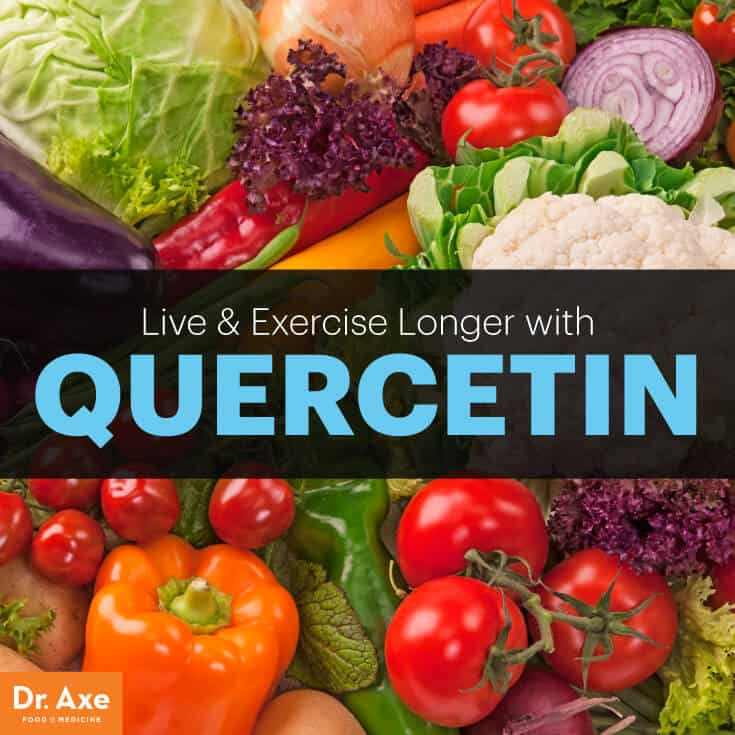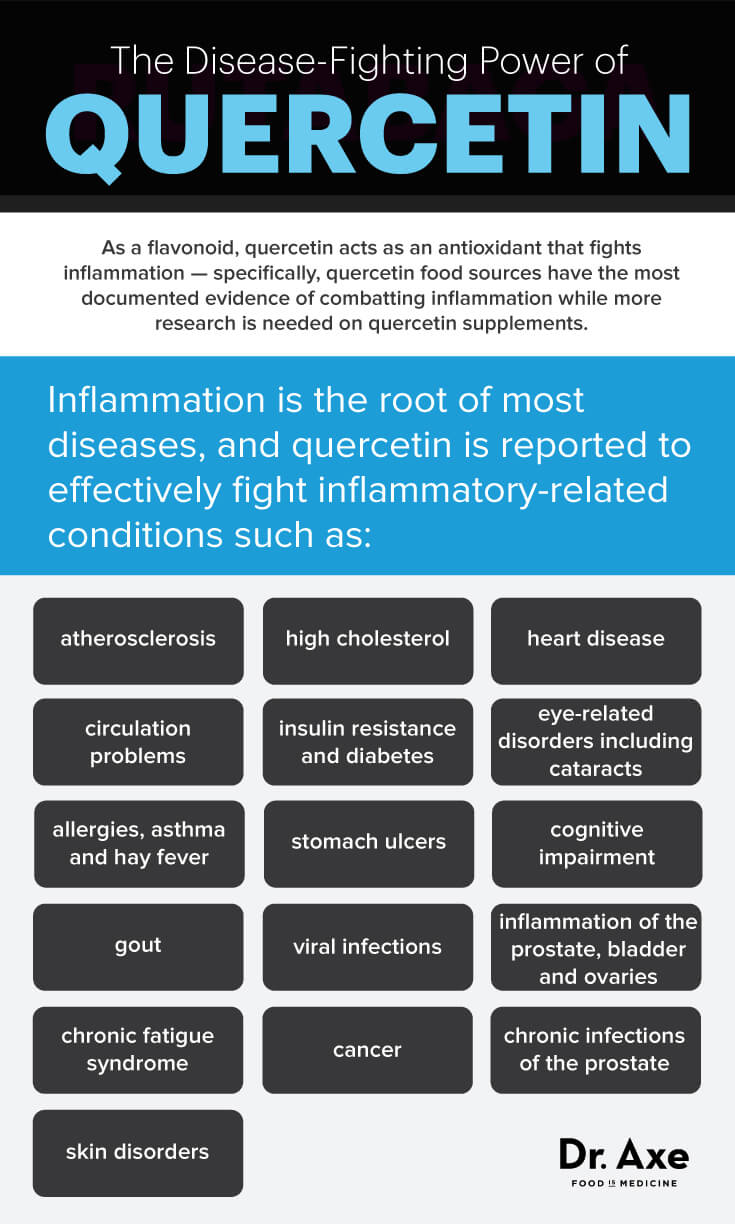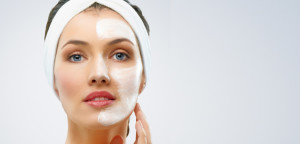“Everyone seems to be talking about fat these days. That fat somehow is good now and can help with weight loss and disease prevention. How can that be true when for decades we all were told that fat was the bad guy?” asks this week’s house call. “What are its benefits? Are there any downsides to eating more fat?”
This question comes at the perfect time. I have just finished writing my new book Eat Fat, Get Thin, hitting the bookstores on February 23, 2016. I wrote this book because almost everyone I know – doctors and patients and eaters alike are all confused about fat and still hold on to myths and misinformation that prevents them from taking advantage of the latest science to lose weight and get healthy.
You’re likely familiar with many of them: Fat makes us fat, contributes to heart disease, leads to diabesity; saturated fat is bad; vegetable oils are good…I could go on, but I think you know what I’m talking about.
None of these beliefs about fat are true. In my latest book, I combined the latest research with my several decades of empirical evidence working with patients to prove what I’ve long discovered: The right fats can help you become lean, healthy, and vibrant.
Fat is one of the body’s most basic building blocks. The average person is made up of between 15 and 30 percent fat! Yet for decades, we’ve unfairly demonized dietary fat, diligently followed a low-fat diet that almost always equates into a high-sugar and high-refined carb diet that contributes to insulin resistance, obesity, heart disease, type 2 diabetes, and numerous other problems.
Simply put: Sugar, not fat, is the real villain that steals our health and sabotages our waistlines.
With Eat Fat, Get Thin, I’m determined to separate fat from fiction by giving you the skinny on fats – what to eat and how to use dietary fats to regain your health and ideal body weight. Eating lots of the right fat will make you thin. The right fats increase metabolism, stimulate fat burning, cut hunger, optimize your cholesterol profile, and can reverse type 2 diabetes and reduce your risk for heart disease.
For now, let’s look at 10 take-home fat facts.
- Sugar, not fat, makes you fat. More sugar means your cells become numb to insulin’s “call.” Your body pumps out more and more insulin to pull your blood sugar levels back down. You can’t burn all the sugar you eat. Inevitably, your body stores it as fat, creating insulin resistance and overall metabolic havoc.
- Dietary fat is more complex than sugar. There are some 257 names for sugar, but despite very minor variations, they all create the same damage. In other words, sugar is sugar is sugar; it all wreaks havoc on your health. Fat is more complex. We have saturated, monounsaturated, polyunsaturated, and even trans fats, not to mention subcategories within each group. Some fats are good; others neutral; and yes, a few are bad.
- Low-fat diets tend to be heart-unhealthy, high-sugar diets. When people eat less fat, they tend to eat more starch or sugar instead, and this actually increases their levels of the small, dense cholesterol that causes heart attacks. In fact, studies show 75 percent of people who end up in the emergency room with a heart attack have normal overall cholesterol levels. But what they do have is pre-diabetes or type 2 diabetes.
- Saturated fat is not your enemy. A review of all the research on saturated fat published in the American Journal of Clinical Nutrition found no correlation between saturated fat and heart disease. As with all fats, quality becomes key here. The fats in a fast-food bacon feedlot cheeseburger will have an entirely different effect than saturated fat in coconut oil. Let’s stop classifying it all as the same.
- Some fats are unhealthy. They include trans fat and inflammatory vegetable oils. Unfortunately, these fats have increased in our diet as they make us fatter and contribute to inflammation, which plays a role in nearly every chronic disease on the planet.
- Everyone benefits from more omega 3s. About 99 percent of people are deficient in these critical fats. Ideal ways to get them include eating wild or sustainably raised cold-water fish (at least two servings weekly), buying omega-3 rich eggs, and taking an omega-3 supplement twice a day with breakfast and dinner that contains 500 – 1,000 milligrams of omega-3 fats (a ratio of roughly 300 EPA to 200 DHA is ideal).
- Eating fat can make you lean. Healthy cell walls made from high-quality fats are better able to metabolize insulin, which keeps blood sugar better regulated. Without proper blood sugar control, the body socks away fat for a rainy day. The right fats also increase fat burning, cut your hunger, and reduce fat storage. Eating the right fats makes you lose weight, while eating excess sugar and the WRONG types of fat make you fat.
- Good fats can heal. I have many diabetic patients whose health improves when I get them on diet that’s higher in fat. I had one patient with high cholesterol who could not lose weight, so I bumped up her healthy fat content to 70 percent. (I don’t recommend this for most patients; hers was an extreme case.) Her cholesterol plummeting from 300 to 190, her triglycerides dropped 200 points, and she lost 20 stubborn pounds that she couldn’t ever lose before!
- Your brain is about 60 percent fat. Of that percentage, the biggest portion comes from the omega-3 fat called docosahexaenoic acid (DHA). Your brain needs DHA to spark communication between cells. Easy access to high-quality fat boosts cognition, happiness, learning, and memory. In contrast, studies link a deficiency of omega-3 fatty acids to depression, anxiety, bipolar disorder, and schizophrenia.
- Your body gives you signs whether or not you are getting enough quality fat. The higher-quality the fat, the better your body will function. That’s because the body uses the fat you eat to build cell walls. You have more than 10 trillion cells in your body, and every single one of them needs high-quality fat. How do you know if your cells are getting the fats they need? Your body sends signals when it’s not getting enough good fats. Warning signs include:
- Dry, itchy, scaling, or flaking skin
- Soft, cracked, or brittle nails
- Hard earwax
- Tiny bumps on the backs of your arms or torso
- Achy, stiff joints
I eat fat with every meal, and I’ve never felt better. The right fats can improve your mood, skin, hair, and nails, while protecting you against Type 2 diabetes, dementia, cancer, and much more.
Among my favorite sources of fat include:
- Avocados
- Nuts—walnuts, almonds, pecans, macadamia nuts, but not peanuts (one study showed a handful of nuts a day reduced death from all causes by 20 percent)
- Seeds—pumpkin, sesame, chia, hemp
- Fatty fish, including sardines, mackerel, herring, and wild salmon that are rich in omega-3 fats
- Extra virgin olive oil (a large study showed that those who consumed 1 liter a week reduced heart attacks by 30 percent)
- Grass-fed or sustainably raised animal products.
- Extra virgin coconut butter, which is a great plant-based source of saturated fat that has many benefits. It fuels your mitochondria, is anti-inflammatory, and doesn’t cause problems with your cholesterol. In fact, it may help resolve them.
Be Informed, Be Healthy.






